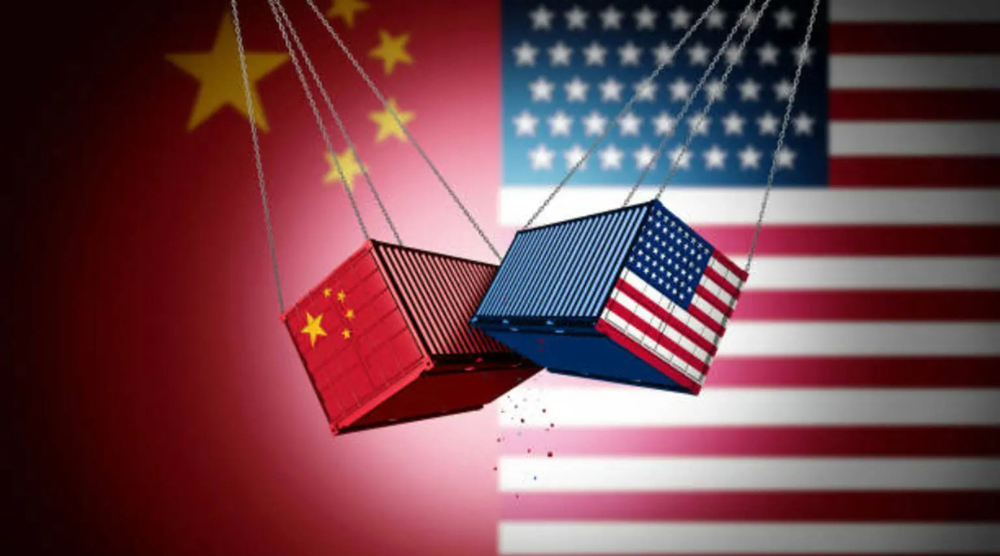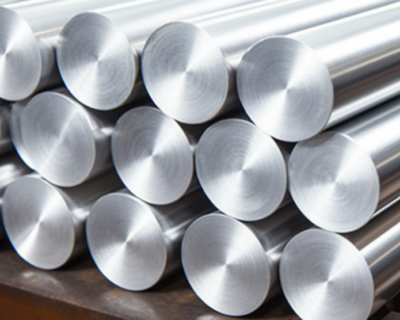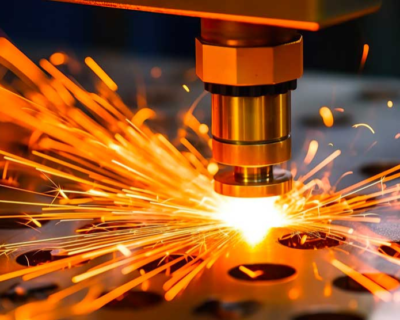Blogs

The U.S.-China Trade War: Winners and Losers in the Metal Industry | DOMADIA™ Insights
Introduction: When Tariffs Meet Titanium
A freight train carrying steel coils reaches a U.S. port — only to face a 25% tariff. Meanwhile, Chinese exporters scramble to reroute shipments through Vietnam to dodge rising trade duties.
For metal producers, suppliers, and manufacturers, the U.S.-China trade war isn’t a policy debate — it’s a battlefield.
Prices swing overnight, contracts get frozen, and once-steady supply chains now resemble chessboards of economic power.
At DOMADIA™, we dive into how this trade conflict reshapes the U.S.-China trade war metal industry, who the real winners and losers are, and what this means for the future of metals, manufacturing, and innovation.
1. Why Metals Are at the Heart of the Trade War
Metals are more than just industrial commodities — they’re the backbone of national strength. From steel in skyscrapers to rare earth elements in fighter jets, every modern economy depends on them.
Both nations understand this:
- The U.S. views dependence on imported metals as a national security risk.
- China holds dominance in critical minerals and refining capacity, giving it leverage over global markets.
This clash has led to tariffs, export restrictions, and sanctions that directly impact global pricing, sourcing, and production stability.
2. The Tools of Economic Warfare
- U.S. Tariffs: Heavy import duties on steel, aluminum, and over $300 billion worth of Chinese goods.
- Chinese Retaliation: Export controls on strategic minerals like gallium, germanium, graphite, and rare earths — all crucial for semiconductors, EVs, and defense technology.
The result? A tug-of-war where each side controls what the other side needs most — raw materials vs. finished goods.
3. Winners and Losers in the Metal Industry
| Segment / Player | Impact | Why It Matters |
| Chinese Metal Miners & Refiners | 🏆 Winners | Their dominance in refining rare earths and battery metals gives them pricing power. |
| U.S. Mining & Metal Producers | 🏆 Potential Winners | Trade barriers boost local production incentives and new refinery projects. |
| China+1 Suppliers (India, Vietnam, Mexico) | 🏆 Winners | Global buyers diversify supply chains to reduce risk, creating new opportunities. |
| Chinese Manufacturers | ❌ Losers | Export controls raise production costs and reduce global market access. |
| U.S. Manufacturers (Automotive, Aerospace) | ❌ Losers | Higher input costs from tariffs affect competitiveness and product pricing. |
| Commodity Traders | ⚖️ Mixed | Some profit from volatility, others lose from unpredictability. |
| Consumers & Downstream Industries | ❌ Losers | Rising costs ripple down to electronics, EVs, and infrastructure projects. |
4. Real-World Impact: How the Trade War Reshaped Metals
- Steel & Aluminum: U.S. tariffs reshaped global trade flows. Domestic mills gained temporary relief, but global oversupply pushed prices down later.
- Rare Earths: When China restricted exports, global prices surged, sparking renewed interest in alternative mining projects in the U.S. and Australia.
- Supply Chain Shifts: Companies began “China+1” sourcing strategies — turning to India, Mexico, and Southeast Asia to bypass trade bottlenecks.
The takeaway: There are no permanent winners — only players who adapt faster.
5. The Ripple Effect: How Industry Dynamics Are Changing
1 Supply Chain Reconfiguration
The trade war accelerated the breakup of globalized metal supply chains. Companies are moving toward regionalization, building smaller but more secure networks closer to end-users.
2 Margin Squeeze & Volatility
Frequent tariff changes, freight costs, and currency shifts have made price forecasting a nightmare. Manufacturers with thin margins are the hardest hit.
3 Industrial Policy & Subsidies
Governments worldwide are investing billions into local mining, refining, and recycling, aiming to reduce dependence on foreign supplies.
4 Technological Innovation
The push for recycling, alloy efficiency, and substitute materials (like non-rare-earth magnets) is stronger than ever — innovation is becoming the new defense mechanism.
6. Strategic Playbook: How Metal Firms Can Survive & Thrive
1. Diversify Sourcing: Don’t depend on one country — qualify alternate suppliers across Asia, Africa, and Latin America.
2. Invest Upstream: Secure access to mines, refining plants, or recycling hubs.
3. Build Value-Added Capabilities: Develop advanced alloys, coatings, or engineered components — not just raw metal.
4. Smart Stocking & Hedging: Maintain inventory buffers and financial hedges to manage volatility.
5. Sustainability Matters: Strengthen ESG compliance to win global contracts that favor green and traceable metals.
At DOMADIA™, we believe resilient sourcing and smart material innovation will define the next era of global metal leadership.
7. The Broader Picture: What Lies Ahead
The U.S.-China trade war has taught the world that economic independence has a cost — but so does dependence.
As countries race to secure critical minerals, the world could see new power centers emerge — from India’s refining ambitions to Africa’s rising mining potential.
Expect to see:
- Greater investment in domestic metal recycling.
- Growth in alternative materials and alloys.
- Stronger environmental oversight and traceability demands.
Conclusion: The Resilient Will Rise
The U.S.-China trade war metal industry is a tale of shifting alliances and evolving strategies.
For every factory struggling with tariffs, there’s another finding opportunity in diversification and innovation.
The truth is simple — resilience is the new currency of success.
At DOMADIA™, we stand committed to helping industries navigate this evolving global metal landscape — with smart sourcing, quality materials, and sustainable innovation.
Want to strengthen your metal supply chain or explore alternative alloys for your next project?
Visit DOMADIA™ — where innovation meets reliability.
👉 Explore our products and insights at domadia.net
Talk to us: Kairav Domadia | Aadil Domadia | Er.Pankaj Domadia | Pragati Sanap | Pooja N N
#TradeWar #MetalIndustry #GlobalEconomy #RareEarths #SupplyChain #DOMADIA #CriticalMetals




